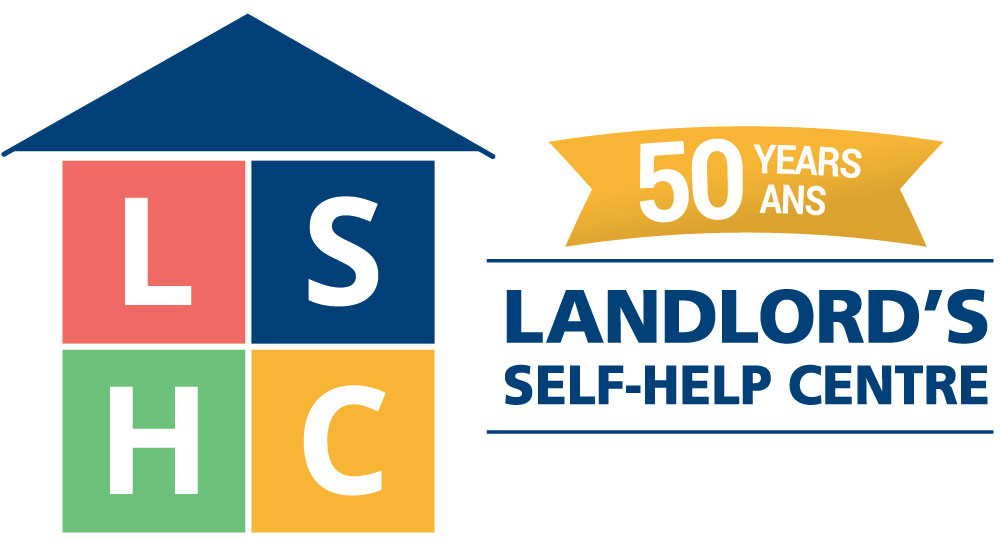Your first stop for self-help is a review of our FAQs. Take a look at the ever increasing collection of questions asked by Ontario’s small-scale landlords as well as the actual answers provided by Landlord’s Self-Help Centre.
One of the methods of collecting unpaid rent after obtaining an order from the Board is by garnishment of wages. Of course this is only possible if you know where the tenant is employed. Another way is by garnishment of a bank account as long as you have all the information on where the tenant banks and where the tenant is residing now. If you have this information then you could start the process by simply filling out the required garnishment forms, file them with Small Claims Court and then serve these documents to the employer or the bank and the former tenant. If neither of these methods are possible then it may be best to go to a collection agency. You can find a collection agency on-line or in the Yellow Pages and contact them with the information you have and they can tell you how their services work. If you want to find out more information on collecting the Small Claims Court website has several guides, review the one called After Judgment.
As you are already aware, one of the methods of collecting unpaid rent after obtaining an order from the Board is by garnishment of wages. Of course this is only possible if you know where the tenant is employed. Another way is by garnishment of a bank account as long as you have all the information on where the tenant banks and where the tenant is residing now. However, if the tenant is not employed and is receiving any type of government assistance, it is pretty much impossible to collect since you cannot garnish any government payments. You could try talking to a collection agency but unfortunately there may not be a way for them to collect either if he is on ODSP.
The seizure of a vehicle is usually a complicated method of collection, even if you have an order from the Landlord and Tenant Board. You would normally need to hire a lawyer to assist with the procedure and may be able to get enough information to help decide your next steps by speaking to a lawyer for 30 minutes for free using the Law Society Referral Service. Visit their website at www.findlegalhelp.ca.
If the tenant has moved out without paying the rent, as of September 1, 2021 section 87 (1.1) of the Residential Tenancies Act came into effect, landlords can file an arrears application with the LTB within one year from the date the tenant moves out of the rental unit. The tenant must have moved out of the rental unit on or after September 1, 2021. However, in order to file this application with the LTB, you will have to find out their new residential address to be able to serve them. The prescribed form is available on the LTB website at http://tribunalsontario.ca/ltb/forms/.

